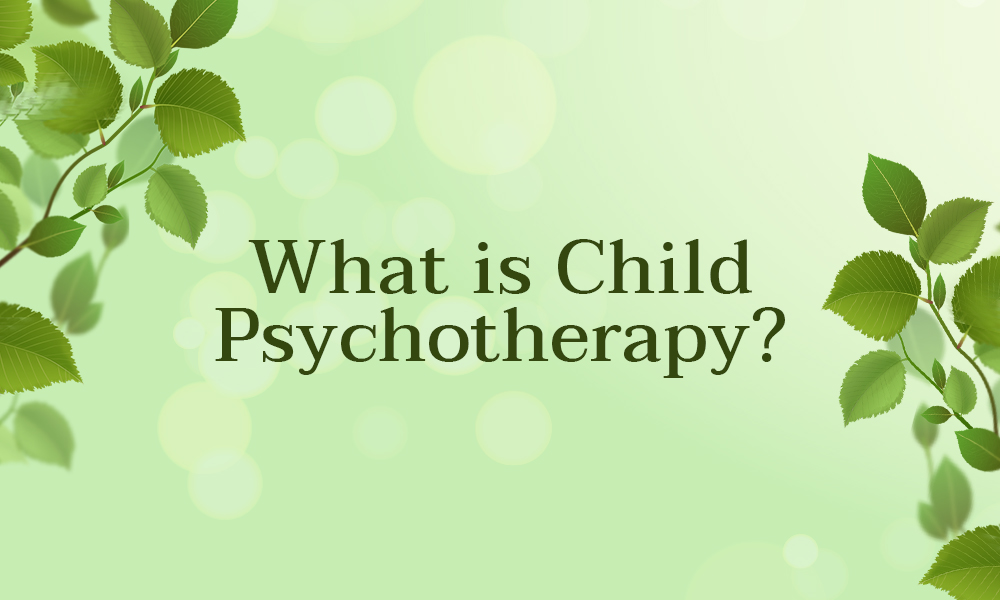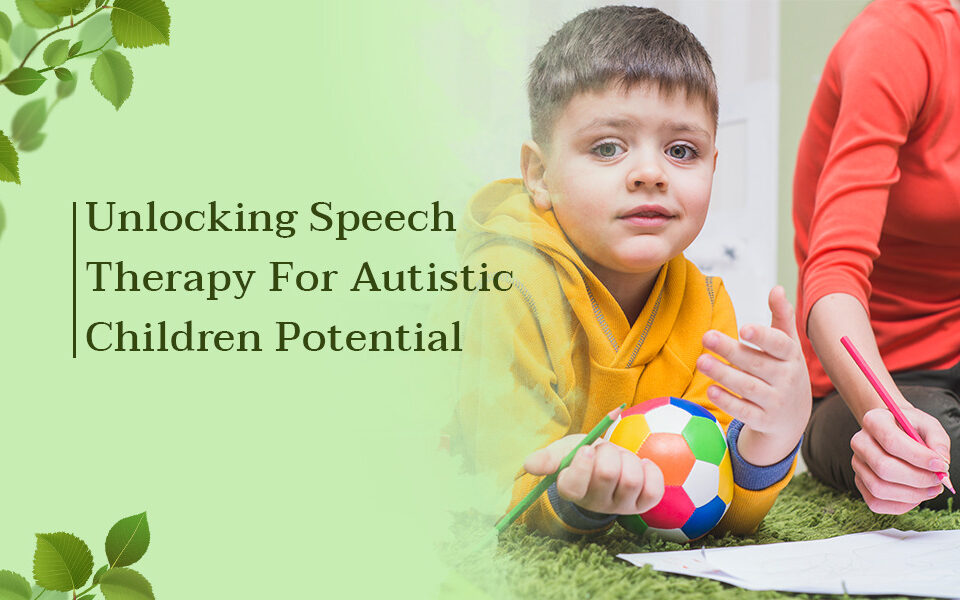- Jofa Tower 5th floor, SB-23, Block 13 C, Main University Rd, Gulshan-e-Iqbal, Karachi.
- +92 322 3746726
- tis@transformation.com.pk
What is Child Psychotherapy?

Autism Spectrum Disorder (ASD)
June 21, 2023
Autism Spectrum Disorder (ASD)
June 23, 2023Child psychotherapy is a therapeutic approach that specifically addresses the mental, emotional, and behavioral issues of children and adolescents. It involves a trained therapist working with the child to identify and address concerns, such as autism, anxiety, depression, trauma, or behavioral problems. Through various techniques, therapists help children develop healthy coping strategies, improve communication skills, and foster emotional growth.
What are the types of Child Psychotherapy?
Some of the types of Child Psychotherapy include the following:
- Cognitive Behavioral Therapy (CBT): It examines confused or distorted thoughts and its subsequent behaviours of thinking to improve a child's moods, anxiety, and behavior.
- Play Therapy: Here, the therapist keeps an eye on the child while they play to have a better understanding of any problems or experiences they may be having.
- Family Therapy: By examining and enhancing patterns of communication between parents and children, family therapy aims to support the family in functioning more effectively and constructively
- Art Therapy: The purpose of art therapy is to utilize self-expression and artistic expression to work through problems or challenges.
- Dialectical Behavior Therapy (DBT): Using a combination of CBT, behavior therapy and mindfulness, DBT focuses on teaching coping strategies to adolescents and teens involved in high-risk behaviours such as suicidal ideations.
- Psychodynamic Psychotherapy: Here, the goal is to explore the possible underlying causes of unfavorable emotions and behaviours by letting the child speak out whatever comes to his/her mind while the therapist listens for any clues that could point to a connection with earlier experiences or traumas.
What is Autism Spectrum Disorder?
Autism Spectrum Disorder (ASD) is a developmental disorder that affects an individual’s communication, behavior, and social interaction. It is characterized by a range of symptoms and levels of disability, which can vary greatly from person to person. Individuals with ASD may struggle with social communication, restricted interests, and repetitive behaviors. Early intervention and support can improve the quality of life for those with ASD.
What are the types of Autism Spectrum Disorders (ASD) and their symptoms?
ASD can be further divided into the following types:
- Autism (Classic Autism): Also known as Kanner’s Syndrome, it is characterized by restricted, repetitive behaviours, activities, and interests; unusual and hindered social interaction and communication development; no eye contact and hypersensitivity to stimuli (light, smell, noise, taste, touch)
- Asperger's Syndrome: Now termed as Level 1 Autism Spectrum Disorder and sometimes described as “high functioning autism”, children with Asperger’s frequently struggle with social cues, show a strong passion for just one or two subject areas and in some cases, may display an advanced vocabulary for their age.
- Pervasive Developmental Disorder - Not Otherwise Specified (PDD-NOS): Compared to other forms of autism, this one is typically less severe and easier to manage. Children with PDD-NOS may have had delays in developmental milestones like speaking or walking, and they frequently fall behind other kids who are on track to reach these milestones.
- Childhood Disintegrative Disorder (CDD): Here, children who had previously appeared to be maturing normally, were sociably engaging, chatted, and made eye contact, suddenly start losing language, motor, social, and other skills that they already learned.
- Rett’s Syndrome: More common in girls, children with Rett’s Syndrome may experience impairment in social communication, problems in using one’s hands (such as hand flapping or hindered fine and gross motor skills), and often have slower growth, difficulty in walking and smaller heads.

What are the effects of Autism on children?
Although the effects can vary from individual to individual and the level of functioning may be varied, most children are affected by Autism as follows:
- Communication challenges: Difficulties in verbal and non-verbal communication, such as speech delays or difficulty understanding social cues.
- Social interaction difficulties: Trouble forming and maintaining friendships, difficulty understanding others' feelings, and challenges in sharing emotions.
- Repetitive and restrictive behaviors: Performing repetitive actions, adhering to strict routines, and having narrow interests or fixations on specific objects or themes.
- Sensory processing issues: Over- or under-sensitivity to sensory stimuli, such as sights, sounds, smells, touch, and taste, which can lead to sensory overload.
- Cognitive differences: Learning disabilities or giftedness, difficulty with problem-solving or abstract thinking, and concomitant conditions like ADHD.
- Emotional regulation difficulties: Struggles with managing emotions effectively may result in meltdowns, self-isolation, anxiety, or depression.
- Executive function challenges: Difficulties with planning, organization, time management, working memory, and cognitive flexibility.

How can Child Psychotherapy can be utilized to treat Autism?
Child Psychotherapy can be utilized effectively to support the child's growth in various domains while minimizing the challenges associated with autism through various approaches, such as:
- Applied Behavior Analysis (ABA): ABA focuses on reinforcing desired behaviors and reducing undesired behaviors in autistic children. It involves breaking down complex tasks into smaller, manageable steps and rewarding the child for successfully completing each step.
- Social Skills Training: This approach helps autistic children develop essential social skills like making eye contact, taking turns in conversation, and understanding social cues. Social Skills Training involves role-playing exercises, group activities, and observational learning.
- Cognitive Behavioral Therapy (CBT): CBT helps autistic children to recognize and modify negative thought patterns and learn adaptive coping strategies for dealing with emotions and situations.
- Play Therapy: Play therapy helps children with autism explore their feelings, experiences, and problems in a secure, non-threatening environment. It often uses symbolic play to help the child express their emotions and process their experiences.
- Family Therapy: Family therapy involves working with the entire family to help them understand autism better and learn effective communication and problem-solving strategies to support their child’s development.
- Occupational Therapy (OT): OT helps autistic children develop daily life skills such as grooming, dressing, eating, and engaging in leisure activities. OT interventions often include sensory integration techniques that address sensory processing issues commonly faced by individuals with autism.
- Speech-Language Therapy: This therapy focuses on enhancing communication abilities by improving speech production, language comprehension, and pragmatic language skills in autistic children.
Who are the best doctors for special children?
A holistic approach is essential when it comes to dealing with special children. Therefore, a team of Pediatricians, Clinical Psychologists, Educational Psychologists, Neurologist, Psychiatrist and Physiotherapists ensures that the child is effectively screened and treated in all aspects of the issues being faced.




